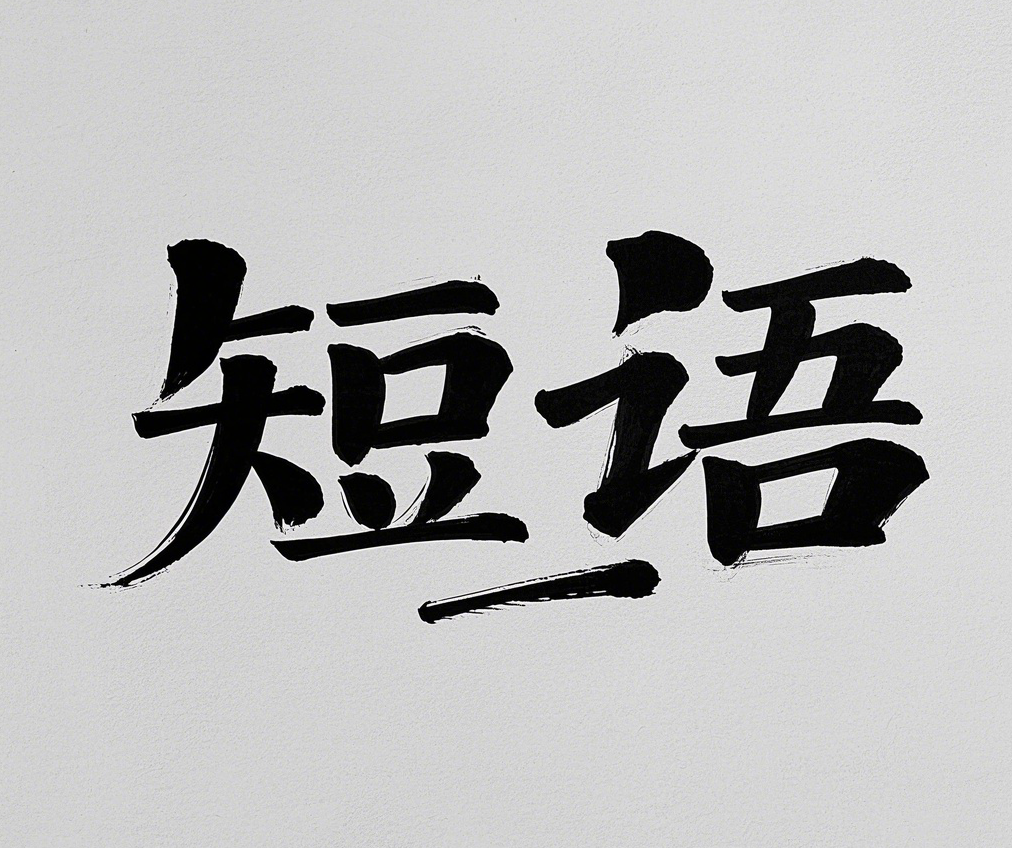color temperature
简明释义
色温度
英英释义
例句
1.In video editing, matching the color temperature of different clips is essential for a cohesive look.
在视频编辑中,匹配不同剪辑的色温对于保持一致的外观至关重要。
2.The lighting designer chose a color temperature of 3200K for the stage lights to enhance the mood.
灯光设计师选择了3200K的色温为舞台灯光增强气氛。
3.The photographer adjusted the color temperature to create a warmer feel in the portrait.
摄影师调整了色温以营造出肖像的温暖感。
4.The color temperature of daylight is around 5500K, which is ideal for natural-looking photographs.
日光的色温大约为5500K,非常适合自然外观的照片。
5.When using LED lights, it's important to check the color temperature to ensure it suits the scene.
使用LED灯时,检查色温以确保其适合场景是很重要的。
作文
Understanding the concept of color temperature is essential for anyone involved in photography, videography, or even interior design. The term refers to the hue of light emitted by a source, measured in degrees Kelvin (K). This measurement helps us describe whether a light appears warm, cool, or neutral. For instance, a candle flame has a color temperature of around 1,500K, giving it a warm, yellowish glow. On the other hand, daylight can have a color temperature ranging from 5,000K to 6,500K, appearing much cooler and bluish in tone.In photography, understanding color temperature allows photographers to make informed decisions about lighting. Different light sources emit different color temperatures, which can affect the mood and feel of an image. For example, using a tungsten bulb, which has a color temperature of about 3,200K, will give a warmer tone to photographs, while using a fluorescent light, typically around 4,000K to 5,000K, can result in a cooler appearance. Photographers often use filters or adjust their camera settings to compensate for these differences in color temperature, ensuring that their images accurately represent the scene as they perceive it.In videography, color temperature plays a crucial role as well. Cinematographers must pay attention to the color temperature of their lighting to maintain consistency throughout a scene. If one part of a scene is lit with a warm light while another is lit with a cool light, the final product may appear disjointed and unprofessional. Therefore, understanding how to manipulate color temperature is vital for creating visually cohesive narratives.Furthermore, in interior design, color temperature can influence the ambiance of a space. Warm lights (around 2,700K to 3,000K) can create a cozy and inviting atmosphere, making them ideal for living rooms and bedrooms. In contrast, cooler lights (above 4,000K) are often used in workspaces or kitchens, where bright, clear light is necessary for productivity. Designers must consider the color temperature of various light fixtures when planning a space to ensure that the lighting complements the intended use of each room.In conclusion, color temperature is a fundamental concept in various fields, including photography, videography, and interior design. By understanding the color temperature of different light sources, professionals can create desired effects, enhance the mood of their work, and ensure visual consistency. Whether you are capturing a moment through a lens or designing a living space, recognizing and manipulating color temperature is key to achieving the best results. As technology continues to evolve, so too will our understanding and application of color temperature, allowing for even more creativity and innovation in these fields.
理解色温的概念对于任何参与摄影、摄像或甚至室内设计的人来说都是至关重要的。这个术语指的是光源发出的光的色调,以开尔文(K)度数来测量。这个测量帮助我们描述光是显得温暖、凉爽还是中性。例如,蜡烛火焰的色温大约为1500K,给人一种温暖的黄色光辉。另一方面,日光的色温可以在5000K到6500K之间变化,显得更凉爽和偏蓝。在摄影中,理解色温使摄影师能够对照明做出明智的决策。不同的光源发出不同的色温,这会影响图像的氛围和感觉。例如,使用钨丝灯泡,其色温约为3200K,会使照片呈现出更温暖的色调,而使用荧光灯,通常在4000K到5000K之间,则可能导致更冷的外观。摄影师经常使用滤镜或调整相机设置来补偿这些色温的差异,确保他们的图像准确地表现出他们所感知的场景。在摄像中,色温同样扮演着至关重要的角色。电影摄影师必须关注其照明的色温以维护场景中的一致性。如果场景的一部分被温暖的光照亮,而另一部分则被冷光照亮,最终产品可能会显得支离破碎且不专业。因此,理解如何操控色温对于创建视觉上连贯的叙事至关重要。此外,在室内设计中,色温可以影响空间的氛围。温暖的灯光(约2700K到3000K)可以营造出舒适和宜人的氛围,使其非常适合客厅和卧室。相反,较冷的灯光(超过4000K)通常用于工作空间或厨房,这里需要明亮清晰的光线以提高生产力。设计师在规划空间时必须考虑各种灯具的色温,以确保照明与每个房间的预期用途相辅相成。总之,色温是多个领域的基本概念,包括摄影、摄像和室内设计。通过理解不同光源的色温,专业人士可以创造所需的效果,增强作品的氛围,并确保视觉一致性。无论您是通过镜头捕捉瞬间,还是设计生活空间,识别和操控色温是实现最佳效果的关键。随着技术的不断发展,我们对色温的理解和应用也将不断深化,让这些领域的创造力和创新性得到更大的发挥。
相关单词
